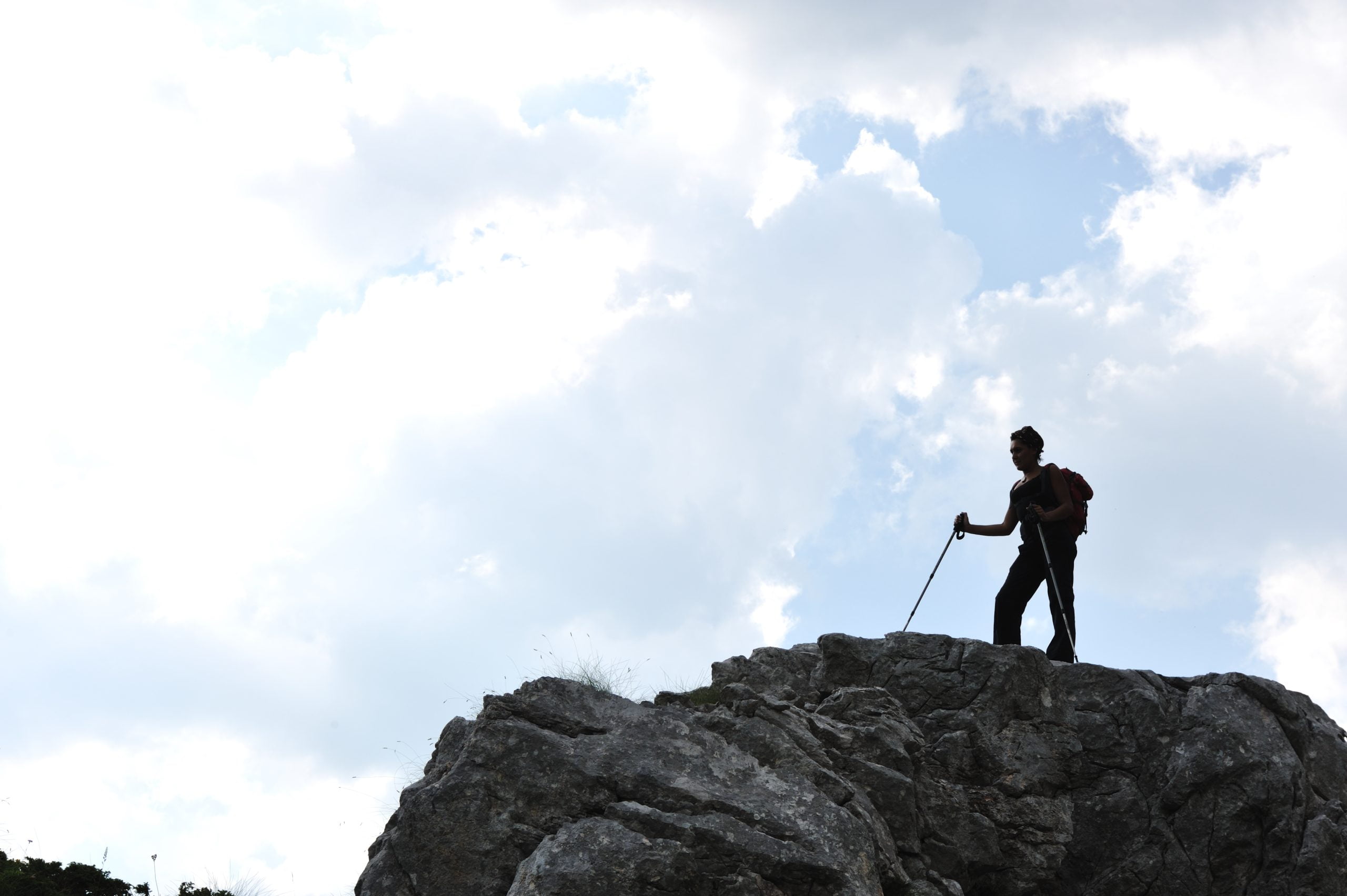As the sun begins to set on your first day in the wilderness, you realize that you have lost your way. You try to remember everything you learned from watching survival shows on TV, but nothing seems to be working. You feel panic rising inside of you as you start to question whether or not you will make it out alive.
If this scenario sounds familiar, then you need to read on because we are going to teach you how to stay alive in the wild with essential survival skills for any environment. These tips could save your life one day, so pay attention!
Essential Gear for Wilderness Survival:
The first thing you should do before heading into the wilderness is to prepare yourself with the right gear. Here are some essentials that you must carry with you at all times:
A knife or multi-tool
Water bottle and filter (or purification tablets)
Fire starter kit (matches, lighter, flint and steel)
Map and compass
Emergency shelter (tarp or emergency blanket)
Finding Food and Water in the Wild:
Once you have your gear sorted, the next priority is finding food and water. In a survival situation, you can go without food for several days, but dehydration can kill you within hours. Here’s what you need to know about finding food and water in the wild:
Look for natural sources of water such as streams, rivers, and lakes. If possible, boil or treat the water before drinking it.
For food, look for edible plants and berries, insects, small game like rabbits or squirrels, and fish if near a body of water.
Building a Shelter to Stay Alive:
When night falls, you need to find a safe place to sleep. Building a shelter is crucial to protect yourself from the elements and keep warm during cold weather. Here’s how to build a basic shelter:
Find a location that is protected from wind and rain.
Use branches and twigs to create a frame for your shelter.
Cover the frame with leaves, moss, or other vegetation to insulate it.
Navigation Tips for Getting Lost in the Woods:
Getting lost in the woods can happen easily, especially if you don’t have a map or compass. Here are some navigation tips to help you get back on track:
Try to retrace your steps back to where you started.
Look for landmarks like mountains, rivers, or roads to guide you.
Follow the direction of the sun or stars to navigate towards safety.How to Start a Fire with Limited Resources:
Finally, starting a fire is critical for keeping warm, cooking food, and signaling for rescue. Here’s how to start a fire with limited resources:
Collect dry tinder and kindling to use as fuel.
Create a teepee structure using your matches or firestarter.
Light the tinder and blow gently until the fire starts burning.
Remember these essential survival skills when venturing into the great unknown. With preparation, knowledge, and practice, you can confidently explore the wilderness knowing that you can handle anything nature throws your way.
